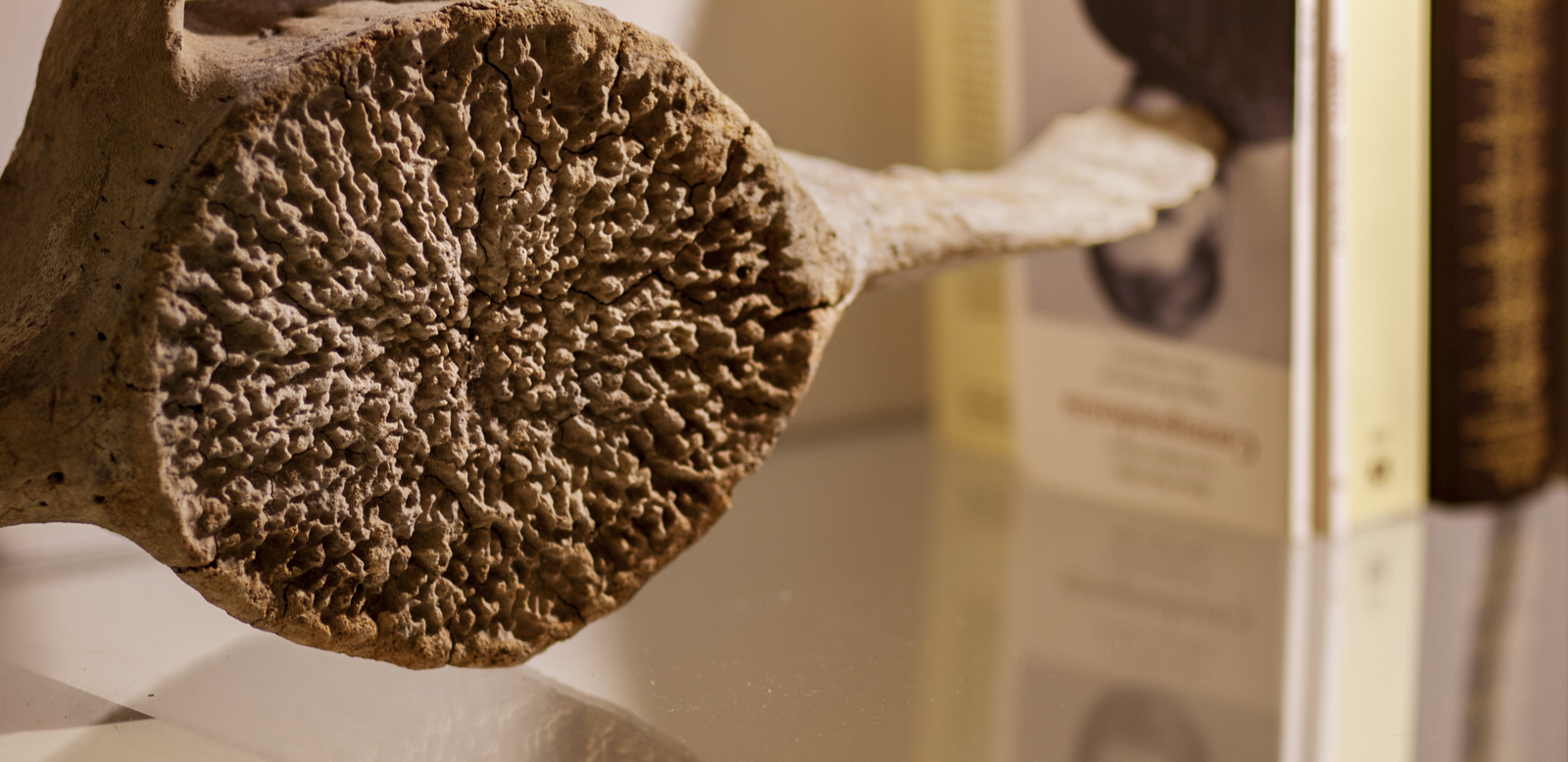
"The mechanical principles on which Osteopathy is based are as old as the universe."
Dr. Still
WHAT IS OSTEOPATHY?
Osteopathy is a manual therapy which detects, treats and prevents health problems in the human body. It is based on the principle that the wellbeing of an individual depends on the entire structure functioning in harmony. Osteopaths consider their treatments allow the body to heal itself, treating the human being as a unity of body, mind and soul.
Most people who attend an osteopath do so for help with back pain and problems related to muscles and joints. However there is a wide range of other health conditions, including asthma, digestive disorders, depression, migraines, colics in babies, etc. that osteopaths can help improve. Illness - structural, functional, emotional - is considered as a response to continuing to adapting to stressful factors.
Osteopathy is considered a health science, based on medical principles and requiring a wide knowledge of anatomy, physiology and biomechanics. However it is also an art of diagnosing and treating using hands-on techniques to improve the blood, nerve and lymph supply to a damaged or unhealthy part of the body, facilitating its natural ability to self-repair and heal.
Osteopathy's strength lies in the unique combination of mechanical, functional and postural assessment.The hand is an infinite tool of palpatorial perception to reach the goal of accompanying a lesion, but the merit will always remain in the bodywise capacity of overcoming a dysfunction.
Osteopathy is integrated into hospitals within public health systems in European countries such as England. Various associations and schools of osteopathy in Spain are likewise currently negotiating for formal recognition of our profession.
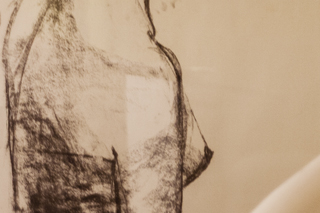
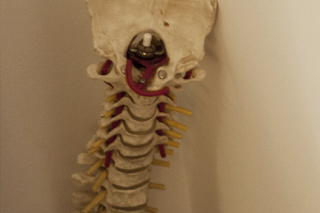
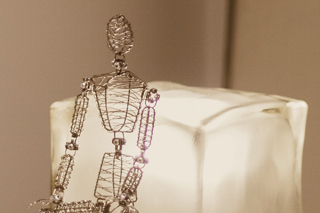
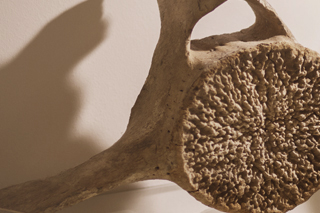
WHAT HAPPENS DURING AN OSTEOPATHY SESSION
During your first session, which can last up to an hour or so, you will be asked about your symptoms and general health before carrying out a physical examination. (See below a document with typical questions).The osteopath will then use the hands to find areas of weakness, tenderness, restriction or strain within your body, particularly the spine.
You will probably need to remove some clothing from the area being examined, and may be asked to perform simple movements. You should then be able to discuss whether osteopathy can help treat the problem and, if so, what the treatment programme should involve.
Some people with certain health conditions - osteoporosis, fractures, acute inflammatory conditions, blood clotting disorders such as haemophilia, cancer - may not be able to undergo specific techniques. Osteopaths are trained to identify when patients need to be referred to a GP or require further tests to help diagnose the problem.
Further treatments last around 30-40 minutes, depending on your symptoms. Osteopathy is not usually painful, although there may be some discomfort if you’re having treatment for an inflamed injury. If you feel any pain during treatment, tell your osteopath immediately. Osteopathy is a safe treatment, but occasionally a few hours after the session you may experience minor side effects such as a mild to moderate soreness, headache or fatigue. This normally gets better on its own within a day or two.
Principles of Osteopathy
Osteopaths are primarily concerned with the study of structural and mechanical faults in the body and how these faults affect physiological processes. As structure and function are inseparable and interrelated at all levels, alterations of structure by injury, faulty posture, etc. affect function. Equally function affects structure – poor posture over time affects the neck and back mechanics. This relationship applies to the vascular, lymphatic, visceral, neurological systems as well as the myofascial system.
OSTEOPATHIC TECHNIQUES
An osteopath uses the hands to treat your body in a variety of ways, using a mixture of very gentle techniques to more manipulative approaches, the correct application of which brings about the balance. Osteopathic treatments are gentle and safe because they seek to facilitate a natural process of rebalancing, which each of us as humans have as a divine capacity. Osteopaths use a wide range of manual techniques, and not only adjustments as it is sometimes believed, including:
- Soft tissue techniques – inhibit, stretch, massage the muscles into releasing.
- High velocity thrust or adjustment techniques - can unblock or release a misaligned joint.
- Functional techniques - can reduce the neural tone, tissue spasticity and muscle spasm allowing tissues to move freely.
- Low velocity stress techniques – can articulate the joint gently that the muscles are unable to sense it.
- Harmonic technique – rocking the joint free.
- Visceral osteopathy – gentle inhibitions to restore mobility, tone and motion of the internal organs and the surrounding connective tissues
- Cranial osteopathy – a gentle approach that works on the subtle mechanics within the head and spinal column to influence the health of the whole body. Very effective on children, pregnant women and post-partum mothers.There are some patients that find classic osteopathy uncomfortable and who benefit more from this indirect approach which reduces pain, improves movement and encourages fluidity.
WHY THE WORD "OSTEOPATHY"?
It is common to be asked if osteopaths are therapists who deal with bones. The question makes sense when we analyse the etymology of the word, coming as it does from the Greek 'osteon': bone and 'pathos': dysfunctions). In fact, it was the American doctor, Andrew Taylor Still, who first coined the term in 1857 whilst founding his philosophy of medical assistance through treating the human body as a unity. He used the term 'osteo' to describe his holistic approach believing as he did then that many illnesses started in the bones.



